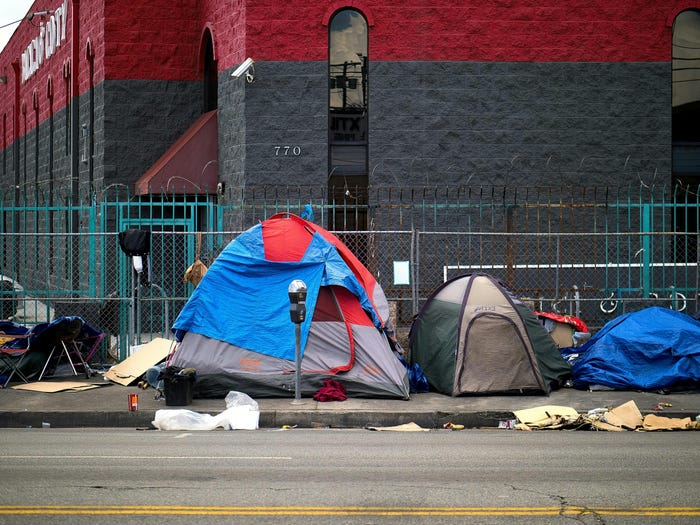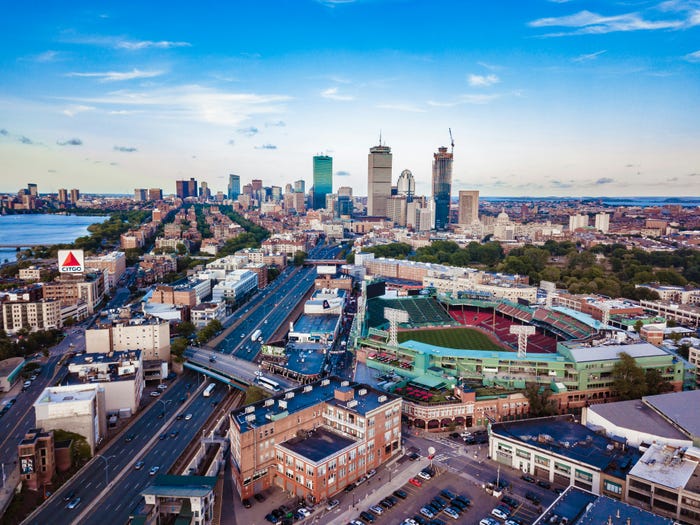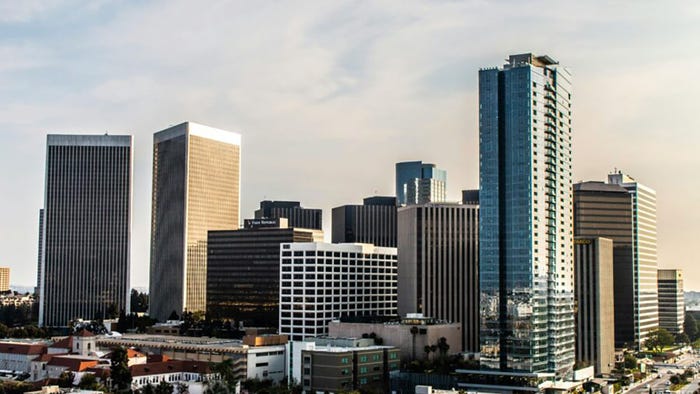DSNY: the unsung heroes of 9-11DSNY: the unsung heroes of 9-11
Rarely do sanitation workers share the spotlight with fire, police and rescue workers after a disaster, but Dennis Diggins, former New York Department of Sanitation superintendent, says his workers were key movers in the recovery efforts immediately after 9-11.
May 5, 2014

Written by Derek Prall
When tragedy strikes, it’s usually the first responders – the firemen, policemen and EMT professionals – in the spotlight. A different class of hero is rarely featured in the headlines – the sanitation worker.
During Waste Expo, held in Atlanta last week, Dennis Diggins, former New York Department of Sanitation superintendent, spoke on the closing of the Fresh Kills landfill in Staten Island and the role his department played in the clean up efforts after the 9-11 terrorist attacks.
Fresh Kills opened in 1948, and by 1955 it was the largest landfill in the world. At that time, it held half the garbage generated by New York City and made up one fifth of Staten Island’s landmass, according to Diggins. At its peak, Fresh Kills was processing 28,000 tons of material per day and employed 400 workers.
In 1996, Fresh Kills was ordered to close by then-governor George Pataki. Operations were to scale down with the landfill scheduled to shutter on Dec. 31, 2001.
But then two passenger airplanes slammed into the iconic World Trade Center towers on the morning of Sept. 11, 2001. The towers fell, and hundreds of thousands of tons of debris littered lower Manhattan, posing tremendous health risks to the city’s residents.
By midnight, it was decided the rubble would have to go to Fresh Kills, Diggins said. Within the first 24 hours, 1,500 sanitation workers were mobilized to clean the city from Canal Street down to Battery Park – a process that, with great effort, only took one week to complete.
In the weeks after the disaster, 111,120 tons of material was ferried to Fresh Kills, where it was painstakingly sifted through by the NYPD and the FBI. “It was the world’s biggest crime scene,” said Diggins.
At the landfill, great attention was paid to every detail. Barges carrying material were vacuumed out, and the wheel wells of trucks hauling rubble were washed and the runoff collected. All materials taken from Ground Zero, down to a quarter of an inch, were placed on conveyer belts and manually sorted, said Diggins.
On Wednesdays following the attack, families of victims were invited to Fresh Kills to observe the operation, “to assure them absolutely everything possible was being done,” Diggins said. The process was completed in June of 2002.
Once compete, 4,257 human remains were found, and 300 were identified. Additionally 4,000 photos and personal effects were returned to the families of the victims.
One huge piece of material from Fresh Kills was melted down and cast into the bow beam of the USS New York, said Diggins. Engraved on the casting are the words “Strength forged through sacrifice. Never forget.”
_____________
To get connected and stay up-to-date with similar content from American City & County:
Like us on Facebook
Follow us on Twitter
Watch us on Youtube







